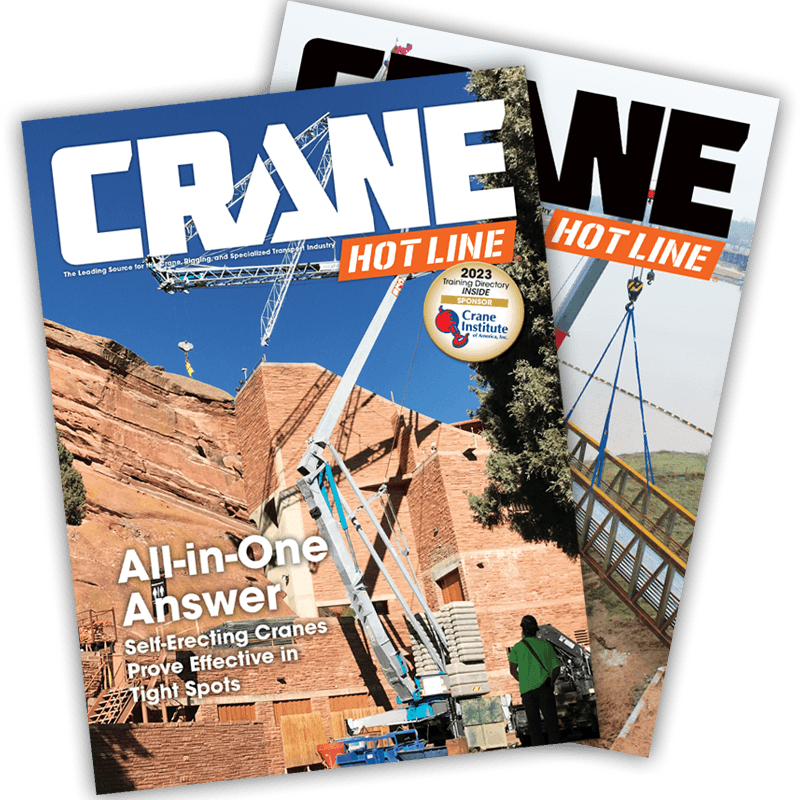AWP Safety: A Grassroots Movement
October 22, 2008 • Since the early 20th century, modern cranes and forklifts have been employed regularly on construction projects. And today it's not uncommon to meet generations of crane and forklift operators, proudly sharing stories about their dad, uncle, or grandpa on the jobs that built America's infrastructure.

Users of cranes and forklifts have made a point to stay connected, enjoying associations like the Specialized Carriers & Rigging Association and the Material Handling Industry of America, which are tailored to enhance education, safety awareness, communication, networking, and act as a voice for the industry. However, the aerial work platform industry has a different story to tell.
Introduced only 40 years ago, aerial work platforms are still newcomers on many construction sites. Unlike cranes or forklifts, their operators aren't professional equipment operators. They are electricians, painters, ironworkers, and drywall specialists • professionals using aerial work platforms as a tool to make their jobs easier, safer, and more productive. Opportunities in which rental companies, contractors, equipment dealers, manufacturers, and training organizations can join together to discuss ideas and share concerns about these machines don't happen often.
One of these rare events, the Safe Access, Fall Protection & Training (SAF-T) Conference, took place on Oct. 7 in Baltimore, Md. The conference offers an avenue for equipment owners and dealers to review AWP safety, learn about upcoming industry events, and have frank discussions about the direction of the industry.
Attendees at the annual event, which is hosted by Maximum Capacity Media, parent company of Lift and Access, Industrial Lift and Hoist, and Crane Hot Line magazines, included rental companies, contractors, equipment dealers, and training organizations. In total, these industry representatives are responsible for more than 125,000 aerial lifts, which cross paths with more than 500,000 contractors, maintenance personnel, homeowners, and other end users each year.
In Maximum Capacity Media's quest for SAF-T attendees, more than 500 companies that rent, sell, or use aerial work platforms in the Northeast and Midwest were contacted. From these phone calls, we learned that a large majority of these companies do not fully understand that they are to provide training to equipment users. They believe the responsibility is not on them • but if not them, then who? Many of these calls ended in a hang up.
With more than a half million people operating aerial work platforms each year, it's unfortunate that the desire for safety is not more apparent. Because only a few handfuls of people in the industry champion aerial lift safety, it operates more like a grassroots movement than chanted as an industry mantra.
But what history has taught us is grassroots initiatives have brought change, and the work of few can touch the lives of many. As Maximum Capacity Media plans for the 2009 SAF-T Conference, we'll continue our grassroots campaign to make the industry a safer place, and maybe someday, AWP safety will grow beyond the wants of a few handfuls to the needs of half a million.


